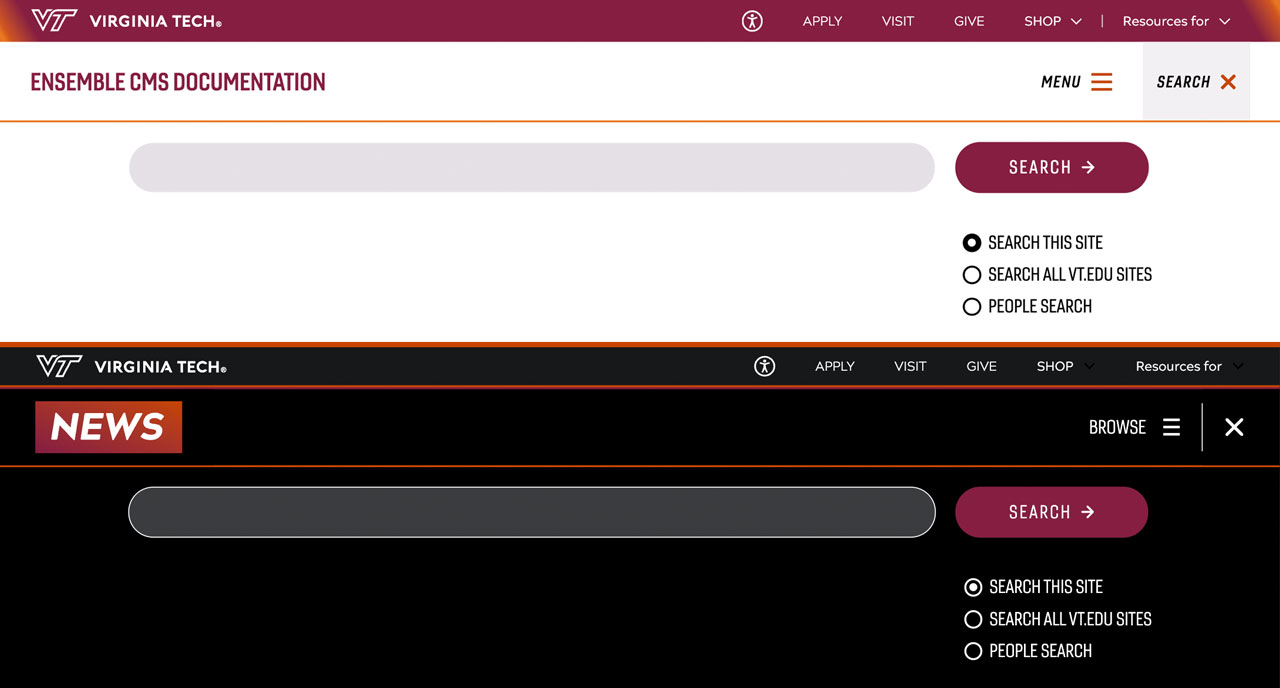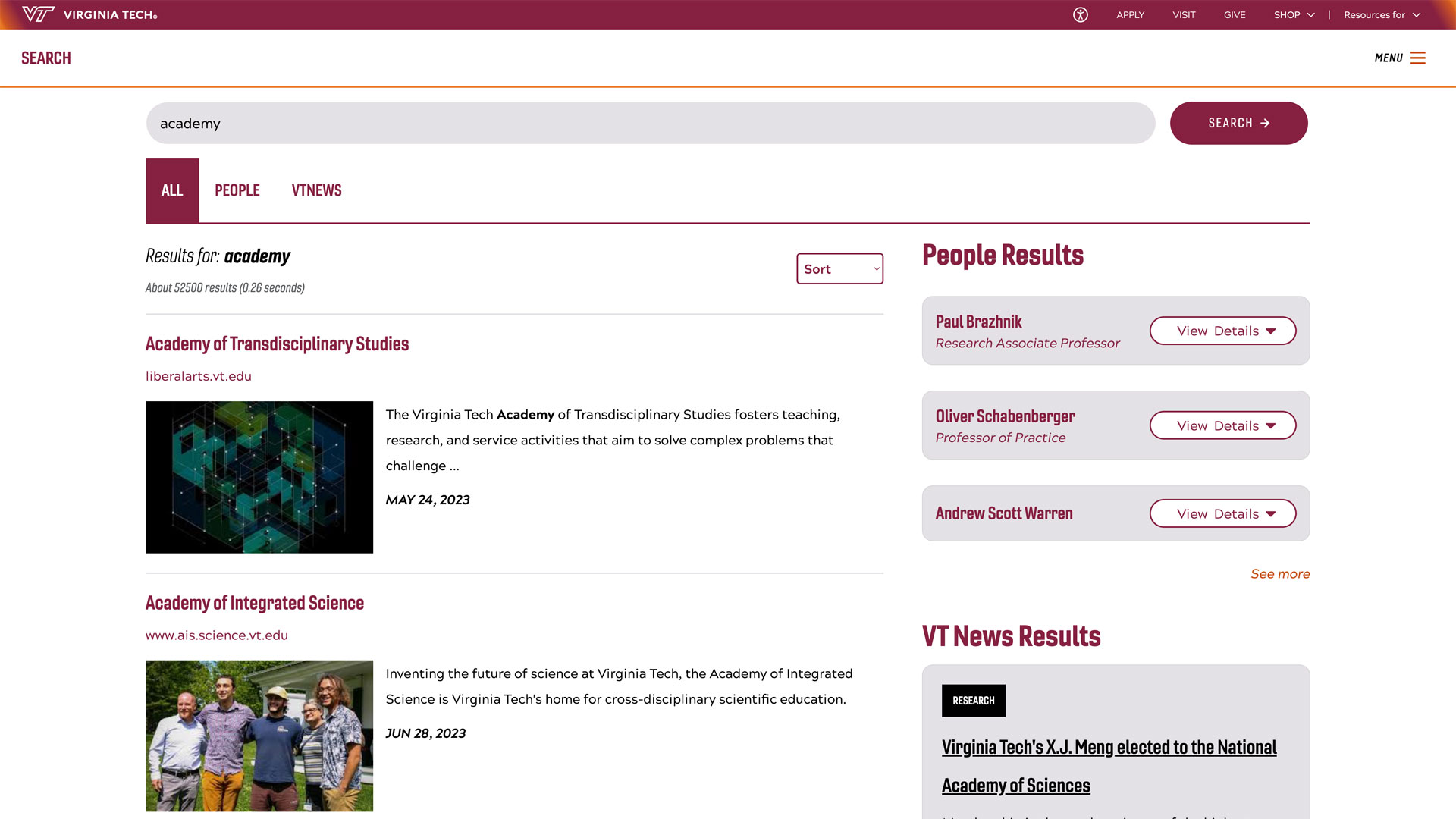'Curious Conversations' podcast: Eli Vlaisavljevich talks about the cancer-fighting bubbles of histotripsy

Eli Vlaisavljevich joined Virginia Tech’s “Curious Conversations” to talk about histotripsy, a novel ultrasound therapy for cancer treatment. He explained the mechanics of how histotripsy works, its clinical applications, and the body's immune response to tumor liquefaction. Vlaisavljevisch also shared insights related to the development of histotripsy devices, patient experiences, and future directions in cancer treatment.
Takeaways
Histotripsy uses high-pressure sound waves to liquefy tumors noninvasively, and the body resorbs the liquefied tumor tissue over time.
There is also evidence histotripsy can activate a systemic anti-tumor immune response throughout the body.
Liver cancer was chosen as the first target for its clinical need, but there are also clinical trials ongoing for other cancers, including kidney and pancreatic.
About Vlaisavljevich
Vlaisavljevich is associate professor in the Department of Biomedical Engineering and Mechanics. His research interests include biomaterials, biomechanics, biomedical imaging, nanobioengineering, and tissue engineering. Vlaisavljevich also leads the Therapeutic Ultrasound and Non-Invasive Therapies Laboratory in investigating the physical mechanisms with which ultrasound interacts with tissue in order to develop noninvasive therapies for a wide range of clinical applications.
Learn more
Histotripsy: What is it and how does it work?
Pioneering histotripsy device receives FDA clearance to treat liver cancer
Virginia Tech team receives NIH grant to use bubbles to destroy deadly tumors
About the podcast
"Curious Conversations" is a series of free-flowing conversations with Virginia Tech researchers that take place at the intersection of world-class research and everyday life. Produced and hosted by Travis Williams, assistant director of marketing and communications for the Office of Research and Innovation, university researchers share their expertise and motivations as well as the practical applications of their work in a format that more closely resembles chats at a cookout than classroom lectures. New episodes are shared each Tuesday.




